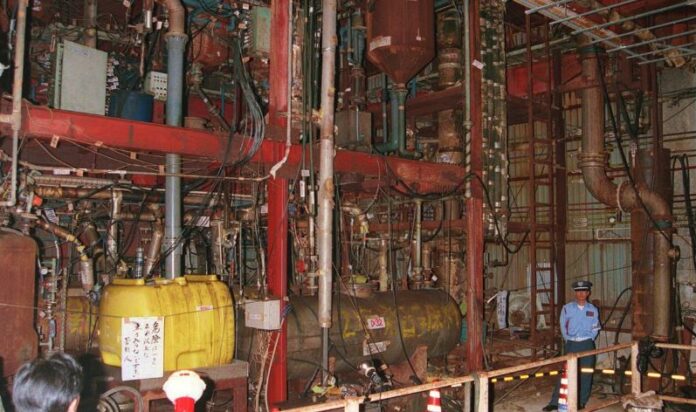Damascus, Syria — More than 100 chemical weapons sites could remain hidden across Syria, a startling estimate from the Organization for the Prohibition of Chemical Weapons (O.P.C.W.) that dwarfs any prior figures. This revelation, emerging after the ousting of former President Bashar al-Assad last year, poses a daunting challenge for the country’s fragile caretaker government and raises fears of unsecured stockpiles of sarin, chlorine, and mustard gas falling into the wrong hands.
The O.P.C.W., the international body tasked with eradicating chemical arsenals, is pushing to investigate what’s left of Assad’s infamous weapons program—a program that unleashed deadly agents on civilians and rebels during Syria’s decade-long civil war. Unlike the 27 sites Assad’s regime admitted to in the conflict’s early years, this new estimate—compiled from intelligence, researchers, and nonprofit data—suggests a far more extensive network of research, production, and storage facilities, some possibly tucked away in caves or other concealed spots beyond satellite reach.
Also Read: Social Security at Risk? Americans March Against Trump’s Restructuring Plan
The danger is acute. Sarin, a nerve agent, can kill in minutes, while chlorine and mustard gas—revived from World War I’s horrors—inflict agonizing burns and suffocate victims by flooding their lungs. With Syria’s new leadership, Hayat Tahrir al-Sham (HTS)—a U.S.-designated terrorist group that has disavowed Al Qaeda ties—still consolidating power, experts worry that militant factions could exploit any unsecured sites. Recent violence in the coastal region between government forces and Assad loyalists only heightens the uncertainty.
In a hopeful sign, Syria’s foreign minister visited O.P.C.W. headquarters in The Hague in March, vowing to dismantle Assad’s chemical legacy and adhere to global laws. An O.P.C.W. team was permitted entry this year to begin cataloging sites, but doubts persist. The government has yet to appoint an ambassador to the watchdog—a critical gesture of commitment—and the defense ministry dodged questions, claiming they fall outside its scope.
Raed al-Saleh of the White Helmets, a volunteer group aiding the effort, accused Assad of years of deception. “The old regime was lying to the O.P.C.W.,” he said. “There are many locations we don’t know about.” As Syria teeters on the edge of stability, the specter of these deadly remnants looms large.
Key Points:
- Estimate of Sites: The Organization for the Prohibition of Chemical Weapons (O.P.C.W.) estimates that more than 100 chemical weapons sites may remain in Syria, a figure significantly higher than any previously acknowledged by the former Assad regime.
- Context: This estimate follows the fall of Bashar al-Assad’s government last year, marking the first comprehensive assessment of his chemical weapons program since his ousting.
- Purpose of Sites: The suspected sites were likely used for the research, production, and storage of chemical weapons, including sarin, chlorine, and mustard gas, which Assad deployed against civilians and rebels during Syria’s civil war.
- Security Concerns: The unknown number and security status of these sites raise fears that deadly agents could be accessed by militant groups, especially given Syria’s ongoing instability.
- New Government’s Challenge: The caretaker government, led by Hayat Tahrir al-Sham (HTS)—a U.S.-designated terrorist group that has renounced Al Qaeda ties—faces a critical test in securing and dismantling these sites.
- Deadly Potential: Sarin can kill within minutes, while chlorine and mustard gas cause severe burns and respiratory failure, posing a grave threat in populated areas.
- International Response: The O.P.C.W. is seeking access to Syria to investigate. In March, Syria’s foreign minister pledged at The Hague to destroy Assad’s chemical remnants and comply with international law, allowing an O.P.C.W. team entry this year.
- Skepticism and Obstacles: Despite promises, the government has not appointed an ambassador to the O.P.C.W., and recent coastal violence signals ongoing turmoil. The defense ministry declined to comment.
- Historical Deception: Assad declared only 27 sites early in the war, but continued using chemical weapons until at least 2018, importing precursors despite O.P.C.W. oversight.
- Hidden Sites: Experts suggest some facilities may be concealed in caves, complicating detection and increasing the risk of unsecured weapons, as confirmed by the White Helmets’ Raed al-Saleh, who accused Assad of lying to inspectors.



